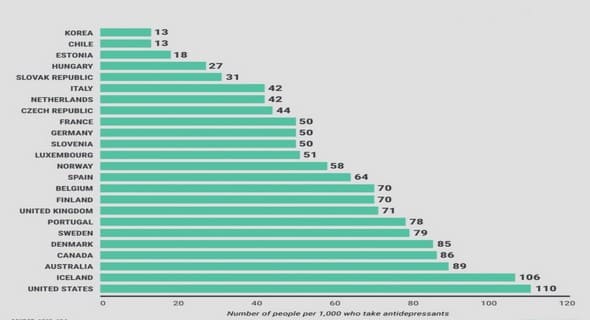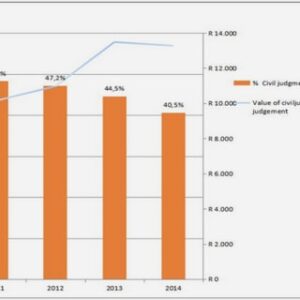(Downloads - 0)
For more info about our services contact : help@bestpfe.com
Table of contents
General introduction
1 Motivation
1.1 High congestion and pollution costs in urban areas across the globe
1.2 Policies aiming to lower GHG emissions and congestion in urban areas
1.3 Economic and environmental implications of different urban spatial structures
2 Literature review
2.1 Modeling the polycentric city
2.2 Impact of anti-congestion policies on urban forms and environment.
3 Outline
3.1 Chapter 1: Urban spatial structure, transport-related emissions and welfare
3.2 Chapter 2: Efficiency of road pricing schemes with endogenous workplaces in polycentric city
3.3 Chapter 3: Commuting and urban forms: case study of French municipality areas
4 References
1 Urban spatial structure, transport-related emissions and welfare
1 Introduction
2 A simple model
3 The monocentric city
4 The polycentric city
5 Discussion
5.1 Extending the city vertically
5.2 Endogenous wage
5.3 Role of modal choice and congestion
6 Conclusion
7 Appendix
2 Efficiency of road pricing schemes with endogenous workplaces in polycentric city
1 Introduction
2 The model
2.1 The city
2.2 Households
2.3 Congestion costs and transport infrastructure
2.4 Urban toll
2.5 Wages
2.6 Welfare
3 The monocentric city
4 Decentralization of jobs and welfare
4.1 The polycentric city
4.2 Equilibrium allocation and optimal location of jobs
5 Polycentric city and road pricing schemes
6 Comparisons between road pricing schemes
6.1 Efficiency of the three road pricing schemes in the polycentric city
7 Discussion
7.1 Incidence of modal choice on congestion and urban structure
8 Conclusion




